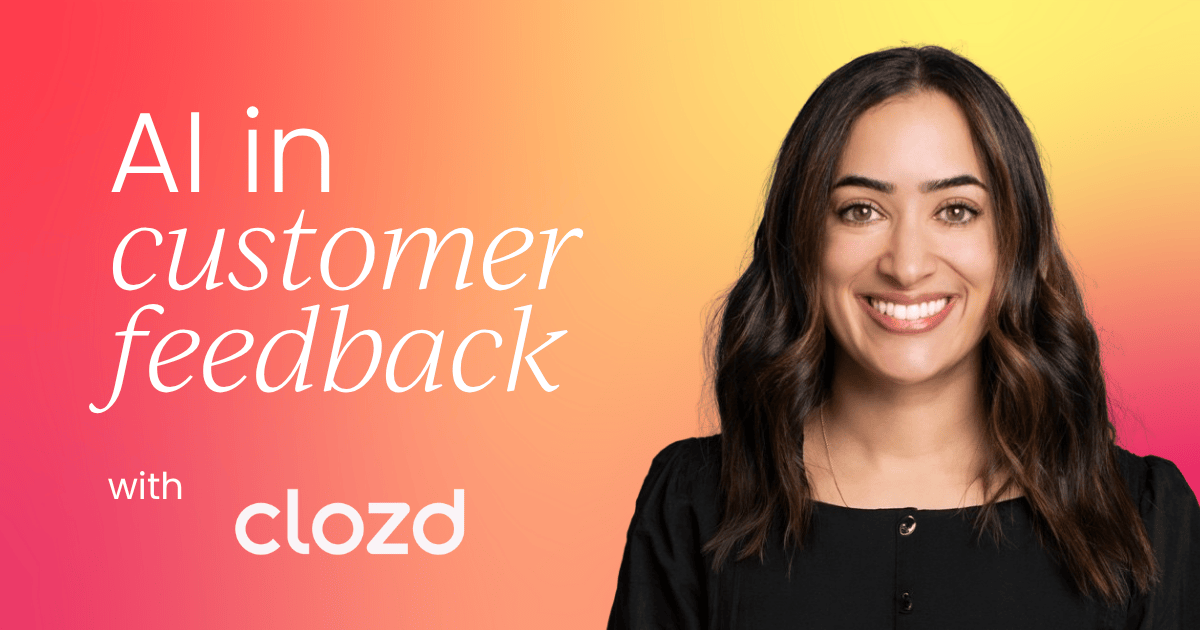Executives today are swimming in customer data – dashboards, survey scores, usage metrics. Yet most still struggle to answer the simplest, highest-stakes questions: Why do we win or lose business? Why do customers stay, leave, or adopt more deeply?
The problem isn’t a lack of data. It’s that leaders have been trapped in a false choice: shallow signals at scale, or deeper insights at a small scale?
Surveys are efficient and broad, but they lack depth. Qualitative interviews deliver nuance and empathy, but they’re resource-intensive and limited in reach. For decades, leaders have been forced to choose between the two.
In today’s competitive environment – where churn is rising, switching costs are falling, and differentiation is fleeting – that trade-off is no longer sustainable.
Why surveys fall short
Across the customer journey, most companies lean on surveys or NPS to supplement a handful of in-depth interviews. And it’s easy to see why: Surveys reach large audiences and translate quickly into clean metrics.
But they also create a false sense of clarity.
- They measure what, not why. A score signals dissatisfaction – but not whether the root cause is price, product, service, or competitive positioning.
- They generate shallow input. According to Kantar Consulting, the average person spends only 15 seconds answering an open-text survey question, often with fewer than five words. That’s not insight – it’s noise.
- They skew the sample. Most responses come from the happiest and unhappiest customers, leaving the critical middle majority unheard.
Surveys can track sentiment, but sentiment isn’t strategy. Leaders need context, nuance, and causation – the kind of understanding that only comes from actual conversations.
Why interviews matter – and why they don’t scale
Interviews fill the gap. A probing follow-up question, an unexpected story, a candid explanation in a customer’s own words – these moments provide a level of clarity no dashboard can match.
But live interviews require expertise, coordination, and time. Most organizations can realistically conduct dozens, not hundreds. As a result, they limit interviews to narrow use cases like post-decision win-loss analysis. The insights are valuable, but they represent only a sliver of the customer journey.
This is the core dilemma: depth vs. scale. Until now, leaders couldn’t have both.
Enter AI: Breaking the trade-off
Artificial intelligence is dissolving that boundary.
Unlike surveys, AI can listen. Unlike static chatbots, it can adapt. Instead of following a rigid script, AI interviewers can behave like trained researchers – asking relevant follow-up questions, unpacking contradictions, and surfacing nuance at scale.
The breakthrough isn’t automation for its own sake. It’s empathy at scale: the ability to capture candid, conversational feedback from many more customers than live interviews alone could reach – without losing the richness that makes qualitative insight so powerful.
At Clozd, we’ve recently launched an AI Interviewer built with this philosophy in mind. It asks intelligent, probing follow-ups based on what customers actually say, extending the quality of a live interview into many more touchpoints.
For leaders, that means more context-rich feedback across the customer journey – without having to choose between depth and volume.
“For years, teams have had to choose between a handful of deep interviews or a higher number of broad, shallow surveys. The AI Interviewer eliminates that choice,” said Spencer Dent, Clozd co-CEO and co-founder. “It feels like talking to a seasoned researcher – only now there’s no limit to how many conversations you can have.”
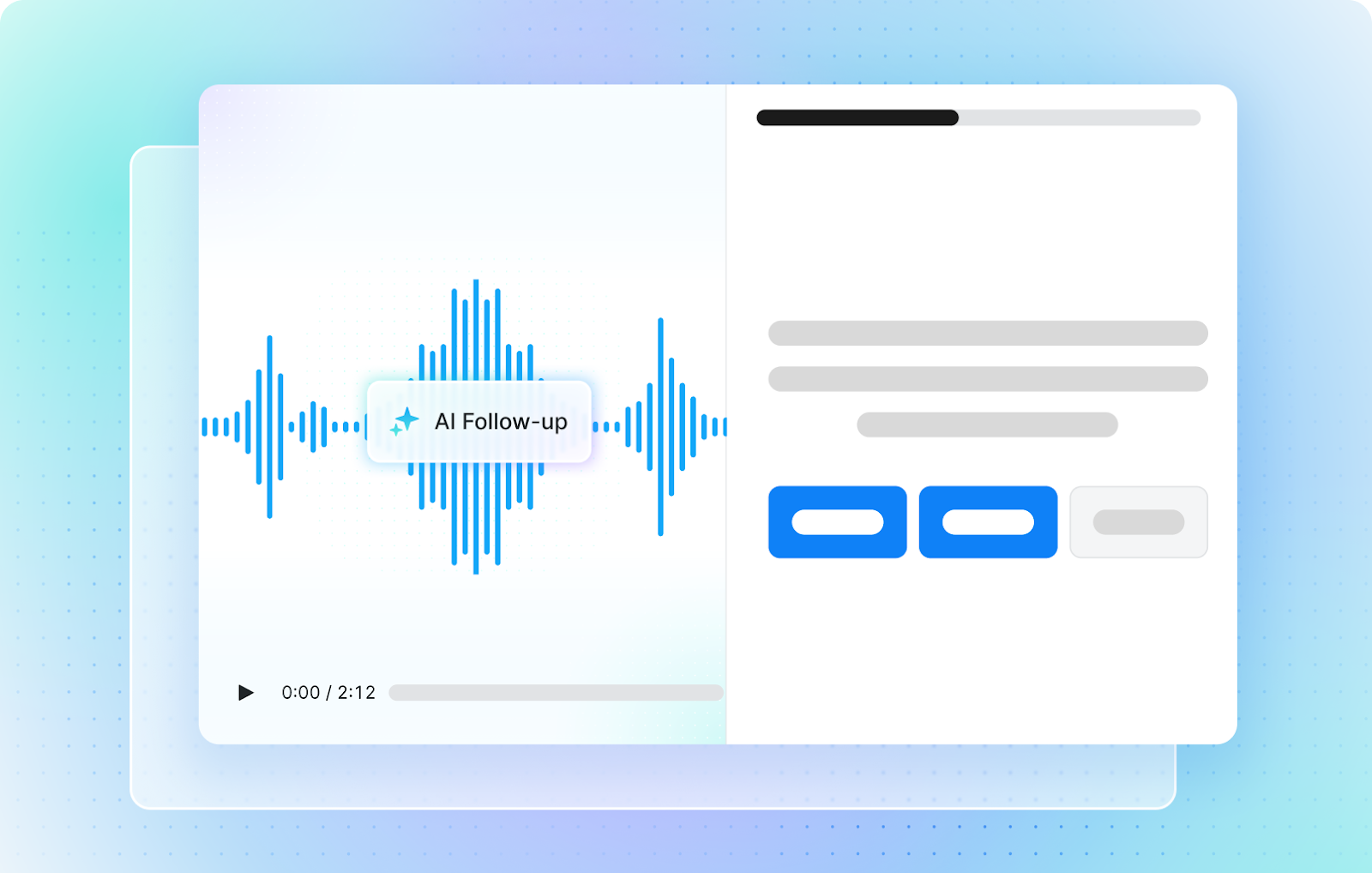
How leaders can apply it
When depth and scale converge, the implications ripple across the customer journey:
- In evaluation, leaders can capture buyer reactions during active opportunities and test how differentiators land while decisions are still in play.
- During implementation, they can surface onboarding friction before it snowballs into churn risk.
- In adoption, they can hear directly from users about what drives or blocks engagement.
- Ahead of renewals, they can uncover hidden retention risks months before contracts come due.
And beyond the lifecycle, product and marketing teams can use scalable conversations to validate features, pricing, or positioning in new markets. Wherever strategic decisions depend on customer understanding, AI removes the old constraint.
A case in point: Affinity
Affinity, a relationship intelligence platform, illustrates what’s possible when organizations expand qualitative feedback into new contexts.
Traditionally, interviews were confined to post-mortem win-loss programs. Affinity went further, expanding the scope of their win-loss program to include in-depth post-implementation and customer experience interviews.
That way, they’re able to proactively identify pain points and find ways to build loyalty and increase customer satisfaction and retention.
These were human-led interviews. But Affinity proved the value of scaling qualitative input across more touchpoints.
AI now makes that level of coverage achievable for far more organizations – allowing leaders to hear from broader sets of customers without diluting the quality of the insight.
Why this matters for leaders
The shift from surveys to conversations – and from post-mortems to continuous listening – is not just operational. It’s strategic.
Markets move quickly. Competitors reposition fast. Customer expectations change almost overnight. In that environment, leaders who rely on dashboards and survey scores are making decisions with only half the picture.
Conversations reveal the other half. They uncover the why. They explain not just what customers are doing, but what they’re thinking, fearing, or hoping for. And thanks to AI, those conversations can finally be gathered at scale.
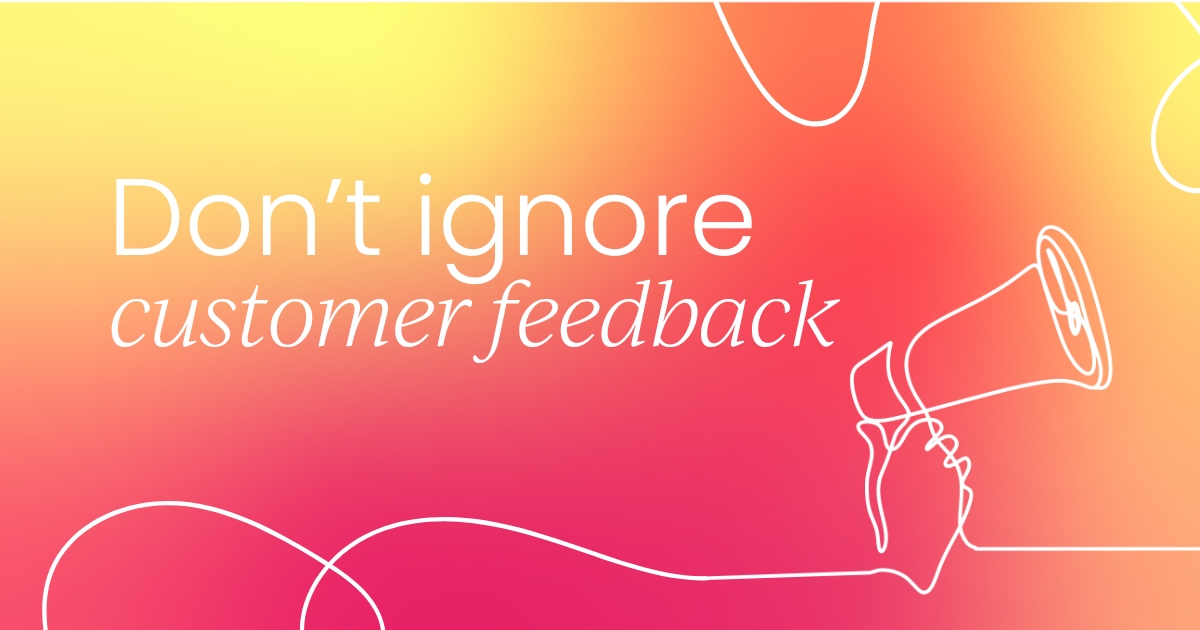
A new era of feedback
The companies that thrive in the next decade won’t be those with the most survey responses or the slickest dashboards. They’ll be the ones that embed scalable, human-quality conversations into the fabric of their decision-making.
That’s the real promise of combining human empathy with AI scale: decisions guided not just by data points, but by context, meaning, and customer truth.






.png)


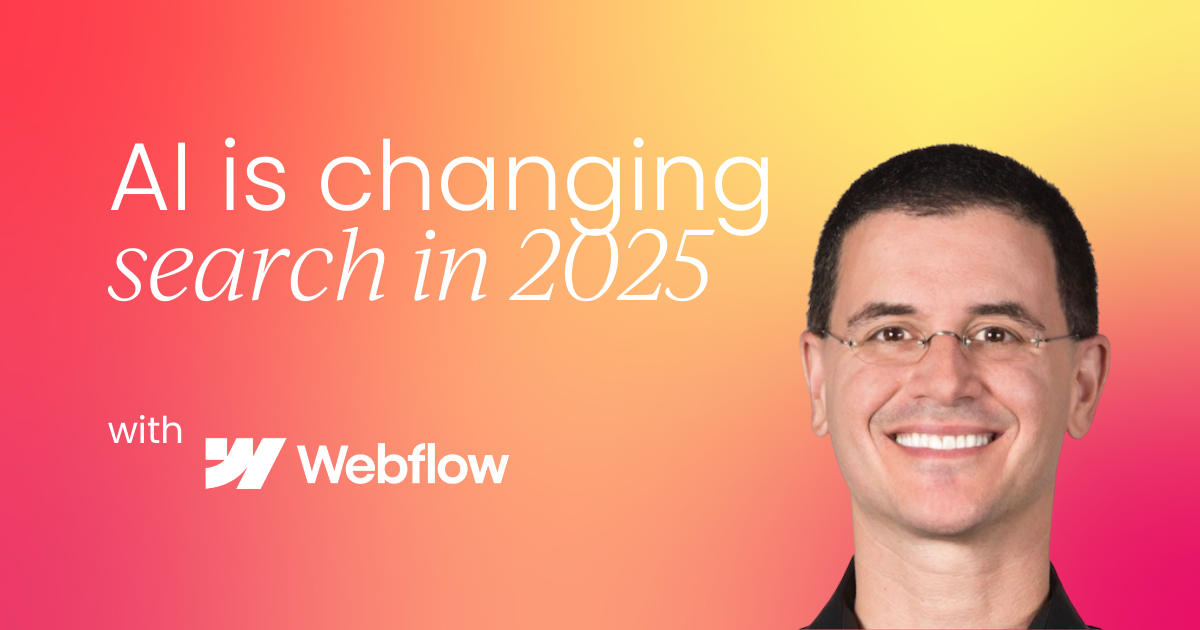
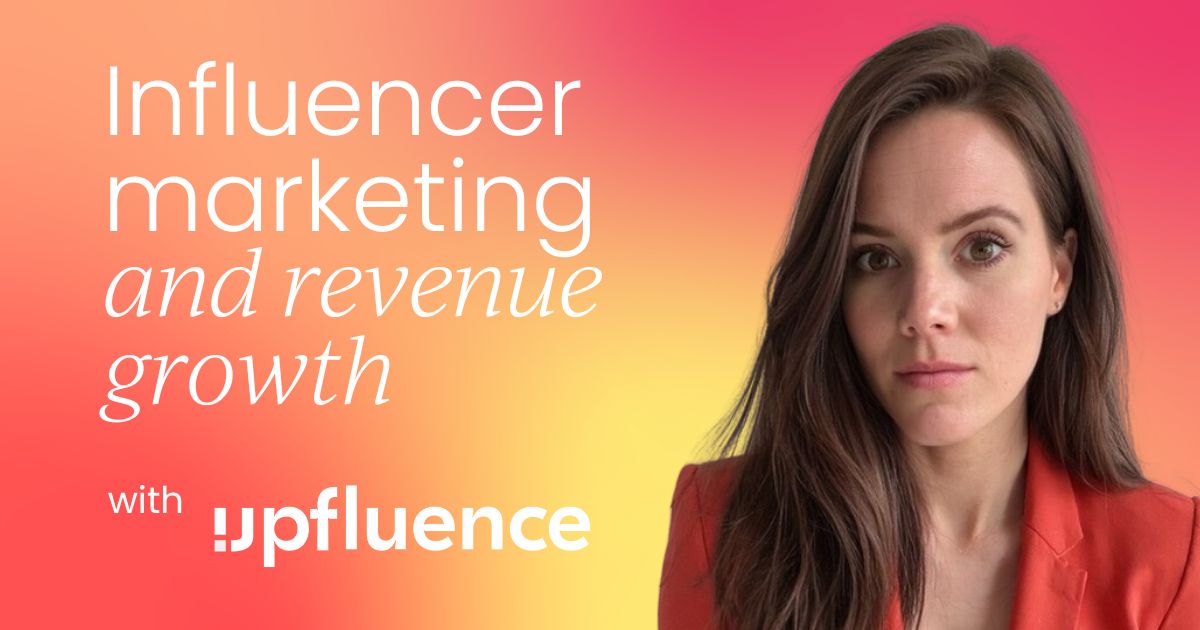





 Follow us on LinkedIn
Follow us on LinkedIn


